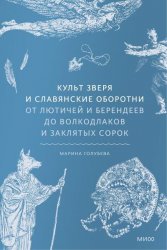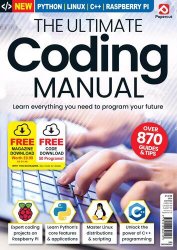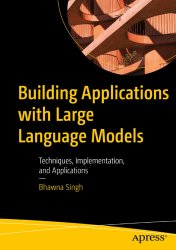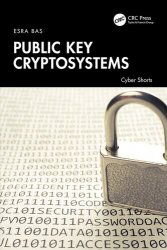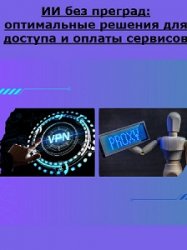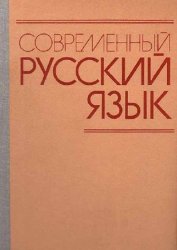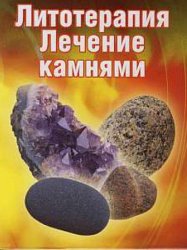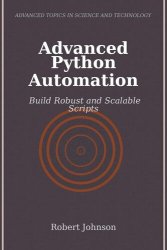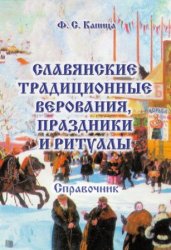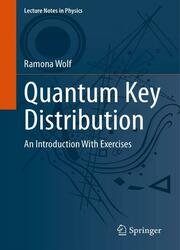 Название: Quantum Key Distribution: An Introduction with Exercises
Название: Quantum Key Distribution: An Introduction with ExercisesАвтор: Ramona Wolf
Издательство: Springer
Год: 2021
Страниц: 235
Язык: английский
Формат: pdf (true), epub
Размер: 10.7 MB
This textbook introduces the non-specialist reader to the concepts of quantum key distribution and presents an overview of state-of-the-art quantum communication protocols and applications. The field of quantum cryptography has advanced rapidly in the previous years, not least because with the age of quantum computing drawing closer, traditional encryption methods are at risk.
The textbook presents the necessary mathematical tools without assuming much background, making it accessible to readers without experience in quantum information theory. In particular, the topic of classical and quantum entropies is presented in great detail. Furthermore, the author discusses the different types of quantum key distribution protocols and explains several tools for proving the security of these protocols. In addition, a number of applications of quantum key distribution are discussed, demonstrating its value to state-of-the-art cryptography and communication.
Quantum key distribution addresses one of the society’s most pressing concerns for secret and authenticated communication. This is achieved by exploiting the principles of quantum theory to establish a secret key between two distant parties whose security is guaranteed by the laws of physics. In the past years, there has been tremendous progress with regard to the design of novel protocols, the development of sophisticated techniques for security proofs, and even in-field implementations of technological prototypes.
The concept of private key cryptography is as old as the desire to exchange secret messages with others. A famous example of how cryptography has had an influence on the outcome of a war is how the British (most famously, Alan Turing) have cracked the Enigma code used by the Germans to communicate during World War II. Even more sophisticated schemes such as the Vigenere cipher, which could not be cracked for over three centuries, turned out to be not secure in the end: although the scheme to crack this cipher was more sophisticated than a simple frequency analysis, it was finally found. This shows an important point: people who use certain cryptographic schemes always have to be vigilant in case someone found a way to crack their scheme. We do not want to go into too much detail here, but one point should have become clear: there is a great desire for a cryptographic scheme that is unbreakable (or, in more technical terms, information-theoretically secure), even if an adversary had all the computational power in the universe.
This book leads the reader through the mathematical background with a variety of worked-out examples and exercises. It is primarily targeted at graduate students and advanced undergraduates in theoretical physics. The presented material is largely self-contained and only basic knowledge in quantum mechanics and linear algebra is required.
Contents:
Скачать Quantum Key Distribution: An Introduction with Exercises
[related-news] [/related-news]
Комментарии 0
Комментариев пока нет. Стань первым!
